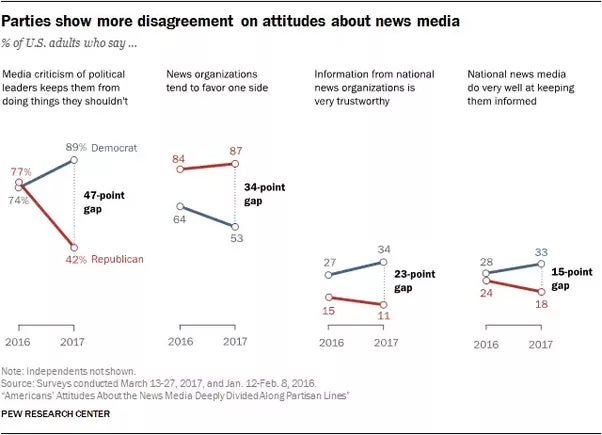Before this semester, my experience with digital history was mostly limited to unreliable social media posts, Wikipedia binges, and vaguely informative YouTube videos. Every now and then, usually when frantically hunting for research paper sources at 2:00 in the morning, I would stumble across someone’s blog filled with useful, but tragically uncited, history. And, for one weird month when I was nineteen, I was oddly obsessed with a map game that recreated historical cartography and asked the player to memorize the locations. Otherwise, when I thought of history, my mind went to peer-reviewed journal articles, libraries filled with students, and fragile documents. My experiences this semester have definitely expanded my view beyond this.
The first topic that really made me sit up and pay attention catered to my continuing adoration of maps. Following a very pleasing look at David Rumsey’s Map Collection, I was directed to Georeferencer, an online tool that allows its user to create and manipulate interactive maps. At the time, I had no particular use for the program, but the fact that I could make a map if I wanted to thrilled me. Another link let me see how scholars were using such tools to further our understanding of history and geography. The Spatial History Project is a collaborative project spearheaded by Standford University. Using maps, charts, and pictures, they are creating images that will cross language and education barriers and allow learners to see beyond the text describing the event. This spoke to me. Between my ADHD making it difficult to focus on walls of text and my closest friend’s dyslexia, I know how useful images can be. The fact some are interactive is the icing on the cake.
Now, with my respect earned through the power of pretty maps, I began to consider digital history through new eyes. “How is this field a gamechanger?,” I asked myself. “How can I use the digital medium to teach and grow?” As the semester progressed, I learned that George Mason University is implementing digital dissertations for their history students, so that they can incorporate their findings through “linear and non-linear narratives, as well as in multiple non-narrative formats such as code, data visualization, and image annotation.”1 I discovered that the Domain of One’s Initiative is working with educators to develop cyberinfrastructure for students. This will allow kids to have a safe online domain where their data can’t be stolen and they can have a say in their education. Finally, as someone who has an internship at my local archives and used to work at a museum, I excited by the initiative to create digital archives. I know first hand how long the process takes, but digital museums and archives are easier for the public to navigate and learn from.
Neat, right? Allowing visitors to tour museums from home will encourage an appreciation for art and history. The museums share their findings online, providing a much more reliable source for students writing 2:00 am research papers. This lets historians have a voice in what people learn and helps keep misinformation from spreading.
Of course, not everything is sunshine, lollipops, and rainbows. After all, not everyone has access to the technology or the internet connection necessary to use these resources. These people tend to not have very much money or live far out in the country away from urban developments; which means that some might not live near a local library and might not be able to afford college. Unfortunately, if these people have no internet access, then the digital platforms that historians are creating won’t reach those who most deserve it. There are also people, typically of an older generation, who simply aren’t computer literate, making it very difficult to navigate online resources. Even so, as digital technology slowly becomes ubiquitous throughout the world, there will be fewer situations where people simply cannot use the internet. Digital tools will steadily become more important in the classroom, workplace, and daily life. Historians need to be prepared to adjust to the changing world and make use of the many tools that are available.
At the very least, I know that these tools were incredibly helpful for me as I worked on my project this semester. The above image is of New Orleans directly after Hurricane Katrina devastated the city. Throughout these past few months, I created maps and gathered images, charts, and videos about the catastrophe. I compiled them together using the ArcGIS StroyMaps digital storytelling platform. It follows New Orleans’ response to the hurricane from a few days before it hit until the present day. Through my work, I hoped to educate people about Katrina, honor those who suffered through the tragedy, and address the gentrification that’s been sweeping the city in the subsequent years. All of my sources are linked at the bottom of the story, and many of the pictures I used are archived in my Omeka site. By the time I finished, I had learned SO much. Not just about Katrina, but also how to create interactive maps, how to use pictures to tell a story, and how to aesthetically organize an online story. It was a pretty great experience even if the topic was very sad. If historians and teachers use platforms like StoryMaps and Omeka to teach and archive information, I think that digital history will have a bright future.
Notes
Klokan Technologies GmbH. “Images to Interactive Maps.” Georeferencer, n.d. https://www.georeferencer.com/.
PAMA Archives. “Why Don’t Archivists Digitize Everything?” Peel Art Gallery: Museum and Archives, June 1, 2017. https://peelarchivesblog.com/2017/05/31/why-dont-archivists-digitize-everything/.
Romano, Andrea. “Stuck at Home? These 12 Famous Museums Offer Virtual Tours You Can Take on Your Couch.” Travel Leisure, March 12, 2020. https://www.travelandleisure.com/attractions/museums-galleries/museums-with-virtual-tours.
Rumsey, David. “David Rumsey Map Collection.” David Rumsey Historical Map Collection | The Collection, n.d. https://www.davidrumsey.com/home.
“Seterra Geography – The Ultimate Map Quiz Site.” Seterra Geography – Free Map Quiz Games, n.d. https://online.seterra.com/en.
(1) Sharpe, Celeste Tường Vy. “Digital Dissertations and the Changing Nature of Doctoral Work.” Perspectives on History. American Historical Association, April 23, 2019. https://www.historians.org/publications-and-directories/perspectives-on-history/april-2019/digital-dissertations-and-the-changing-nature-of-doctoral-work.
“Sunshine, Lollipops And Rainbows.” Sunshine, Lollipops And Rainbows. Lesley Gore, July 31, 2018. https://www.youtube.com/watch?v=atY7ymXAcRQ.
Watters, Audrey. “The Web We Need To Give Students.” Medium. BRIGHT Magazine, June 25, 2019. https://brightthemag.com/the-web-we-need-to-give-students-311d97713713.
White, Richard. “What Is Spatial History?” Spatial History Project. Stanford University, February 1, 2010. http://web.stanford.edu/group/spatialhistory/cgi-bin/site/pub.php?id=29.



